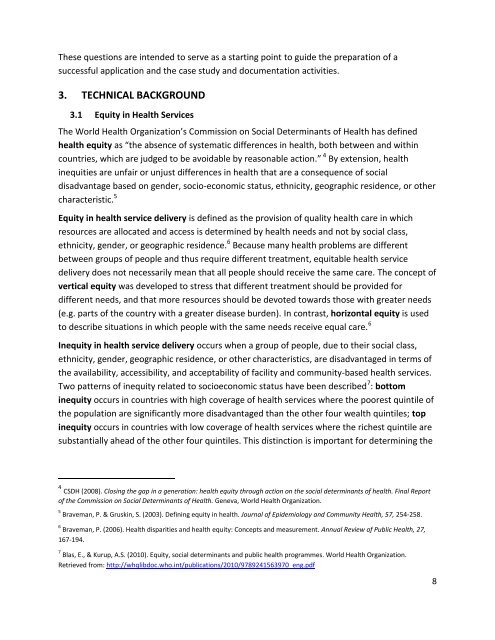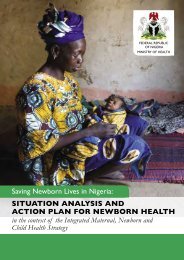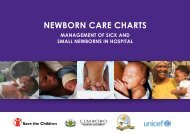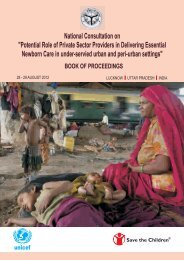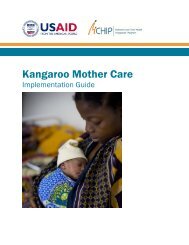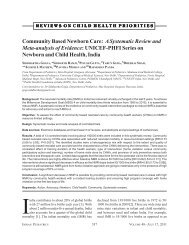Draft RFA - Translating Research into Action | TRAction Project
Draft RFA - Translating Research into Action | TRAction Project
Draft RFA - Translating Research into Action | TRAction Project
- No tags were found...
You also want an ePaper? Increase the reach of your titles
YUMPU automatically turns print PDFs into web optimized ePapers that Google loves.
These questions are intended to serve as a starting point to guide the preparation of asuccessful application and the case study and documentation activities.3. TECHNICAL BACKGROUND3.1 Equity in Health ServicesThe World Health Organization’s Commission on Social Determinants of Health has definedhealth equity as “the absence of systematic differences in health, both between and withincountries, which are judged to be avoidable by reasonable action.” 4 By extension, healthinequities are unfair or unjust differences in health that are a consequence of socialdisadvantage based on gender, socio-economic status, ethnicity, geographic residence, or othercharacteristic. 5Equity in health service delivery is defined as the provision of quality health care in whichresources are allocated and access is determined by health needs and not by social class,ethnicity, gender, or geographic residence. 6 Because many health problems are differentbetween groups of people and thus require different treatment, equitable health servicedelivery does not necessarily mean that all people should receive the same care. The concept ofvertical equity was developed to stress that different treatment should be provided fordifferent needs, and that more resources should be devoted towards those with greater needs(e.g. parts of the country with a greater disease burden). In contrast, horizontal equity is usedto describe situations in which people with the same needs receive equal care. 6Inequity in health service delivery occurs when a group of people, due to their social class,ethnicity, gender, geographic residence, or other characteristics, are disadvantaged in terms ofthe availability, accessibility, and acceptability of facility and community-based health services.Two patterns of inequity related to socioeconomic status have been described 7 : bottominequity occurs in countries with high coverage of health services where the poorest quintile ofthe population are significantly more disadvantaged than the other four wealth quintiles; topinequity occurs in countries with low coverage of health services where the richest quintile aresubstantially ahead of the other four quintiles. This distinction is important for determining the4 CSDH (2008). Closing the gap in a generation: health equity through action on the social determinants of health. Final Reportof the Commission on Social Determinants of Health. Geneva, World Health Organization.5 Braveman, P. & Gruskin, S. (2003). Defining equity in health. Journal of Epidemiology and Community Health, 57, 254-258.6 Braveman, P. (2006). Health disparities and health equity: Concepts and measurement. Annual Review of Public Health, 27,167-194.7 Blas, E., & Kurup, A.S. (2010). Equity, social determinants and public health programmes. World Health Organization.Retrieved from: http://whqlibdoc.who.int/publications/2010/9789241563970_eng.pdf8


